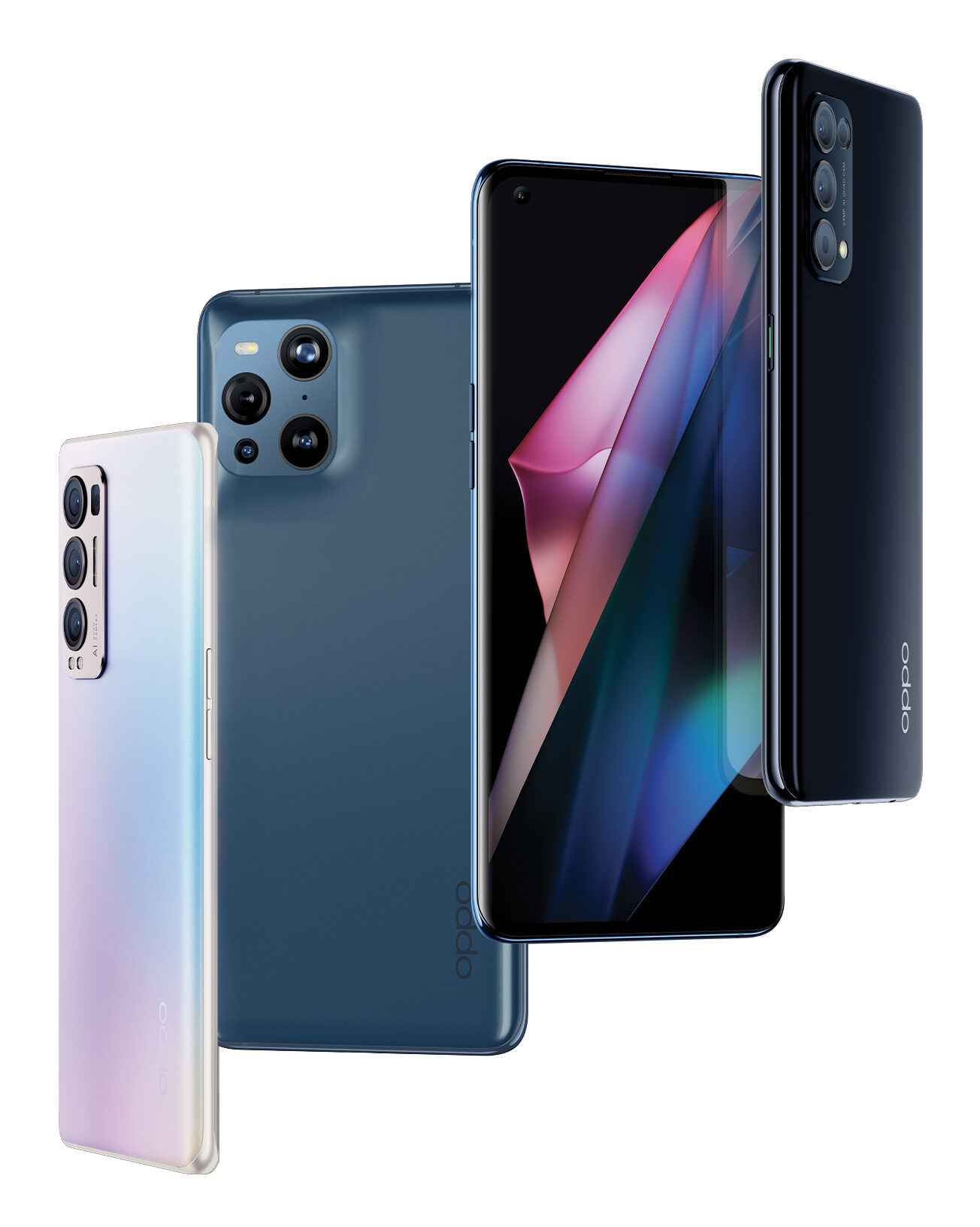Optus Mobile Review ALDI Mobile Review Amaysim Mobile Review Belong Mobile Review Circles.Life Review Vodafone Mobile Review Woolworths Mobile Review Felix Mobile Review Best iPhone Plans Best Family Mobile Plans Best Budget Smartphones Best Prepaid Plans Best SIM-Only Plans Best Plans For Kids And Teens Best Cheap Mobile Plans Telstra vs Optus Mobile Optus NBN Review Belong NBN Review Vodafone NBN Review Superloop NBN Review Aussie BB NBN Review iiNet NBN Review MyRepublic NBN Review TPG NBN Review Best NBN Satellite Plans Best NBN Alternatives Best NBN Providers Best Home Wireless Plans What is a Good NBN Speed? Test NBN Speed How to speed up your internet Optus vs Telstra Broadband ExpressVPN Review CyberGhost VPN Review NordVPN Review PureVPN Review Norton Secure VPN Review IPVanish VPN Review Windscribe VPN Review Hotspot Shield VPN Review Best cheap VPN services Best VPN for streaming Best VPNs for gaming What is a VPN? VPNs for ad-blocking So, before we get into the juicy details, here’s what the lineup looks like. Running on the state-of-the-art Qualcomm Snapdragon 888 chipset, the Find X3 packs 12GB of RAM with 256GB of storage. It’ll run OPPO’s ColorOS 11.2, based on Android 11, supports Wi-Fi 6 and is IP68 water and dust resistant. It’s also the only member of the Find X3 family that’s compatible with 30W AirVOOC Wireless Flash Charging. Of course, as the company’s flagship, the Pro doesn’t come cheap at $1,699. While the main 50MP wide-angle camera and 13MP telephoto lens remain, the Neo swaps out the Pro’s 50MP ultra-wide lens for a 16MP version and the microlens is downgraded to a 2MP macro camera. The 32MP selfie camera remains the same across all models. Likewise, 10-bit colour is exclusive to the Pro, but the Neo’s 6.55-inch FHD+ OLED screen (with a 90Hz refresh rate) is still beautiful, bright and crisp. As for the handset’s design, it’s got a lot more in common with its cheaper sibling (the Lite) than it does the Pro, opting for a subtler rear camera bump. Like it’s big bro, it’s got 12GB of RAM and 256GB storage, however, the Neo runs on last year’s still-great Snapdragon 865 processor running ColorOS 11.1. The Lite features a 6.4-inch OLED screen with a 90Hz refresh rate - the same as the Neo’s, albeit with less brightness (430 nits vs 500 nits) and a slightly different colour profile. Out back, the camera is where you’ll find the most compromises on the Find X3 Lite. It ditches the Sony IMX 766 Sensor found on its two big brothers for a lower-spec 64MP main camera, 8MP ultra-wide lens, 2MP macro lens and 2MP mono camera. It runs on the mid-range Snapdragon 765G processor, with a smaller 8GB of RAM and 128GB storage. The Lite is also the only member of the family to get a 3.5mm headphone jack, if that still floats your boat.

